NaNoTeaMo, Day 24: “Three Words: Puerh Tea Paste”
Cha Gao is weird.

No . . . weirder.
The concept behind it is weird. The backstory is weird. The whole damn experience is just . . . weird. And this is coming from a guy that thrives on all teas weird. But I’m getting ahead of myself.
Sometime during the Tang dynasty, someone in Yunnan province, China thought it would be a brilliant idea to extract the natural juices from tea leaves and solidify it. The process was carried over into the Song dynasty as well. Techniques for extraction were then perfected by the Qing dynasty, but by their fall in 1908, that artisan approach practically vanished. I have no clue how they did it, or more importantly – why?!
Thanks to the advent of modern technology, creating tea pastes is rather easy. As is the ability to somewhat replicate the original process (whatever it is). The end product could be considered of similar quality as the original artistry.
I first ran into Cha Gao – which literally means “tea paste” – in 2011, on my first visit to the Phoenix Teashop. Co-owner Cinnabar Gongfu made it a point to introduce me to as many weird teas as possible. And this was definitely the weirdest. A shou (cooked/ripe) puerh in paste form; everything about that sounded wrong. I remember liking it enough to buy it, though. On another visit two years later, she showed me a sheng (raw/green) version of it. I bought that, too.
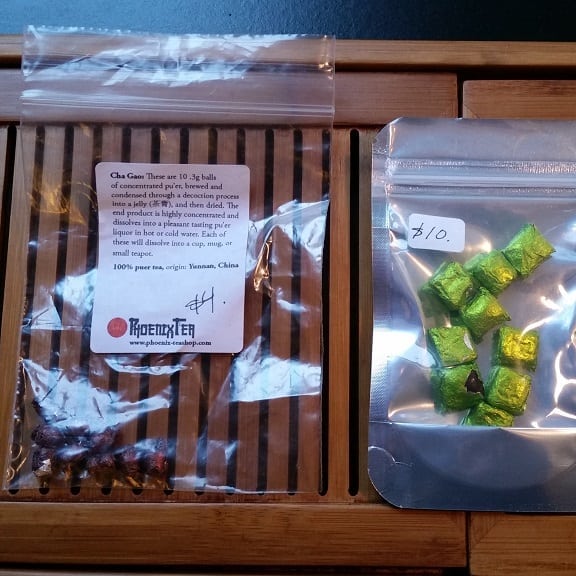
I didn’t get around to playing with either until two years after that.
The shou Cha Gao looked like little rabbit pellets. Yes, those kinds of pellets. And – to be frank – kinda smelled like it, too. That marina, wetland-ish aromatics were on full display. Even in condensed form.
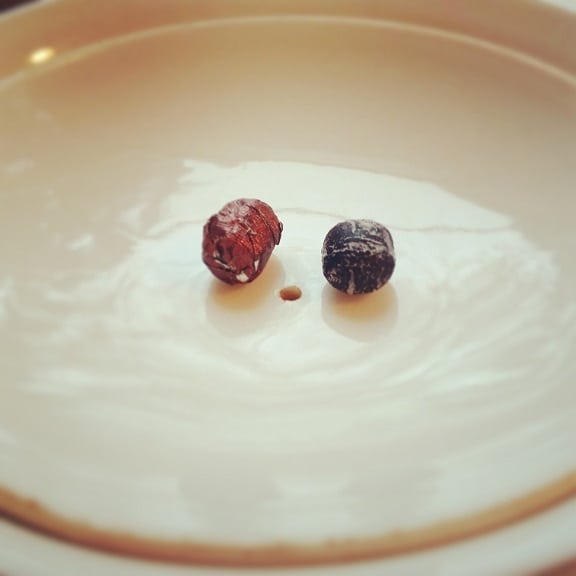
In sharp contrast, the sheng Cha Gao cube smelled like – well – what sheng puerh should; simply green with a hint of earth.
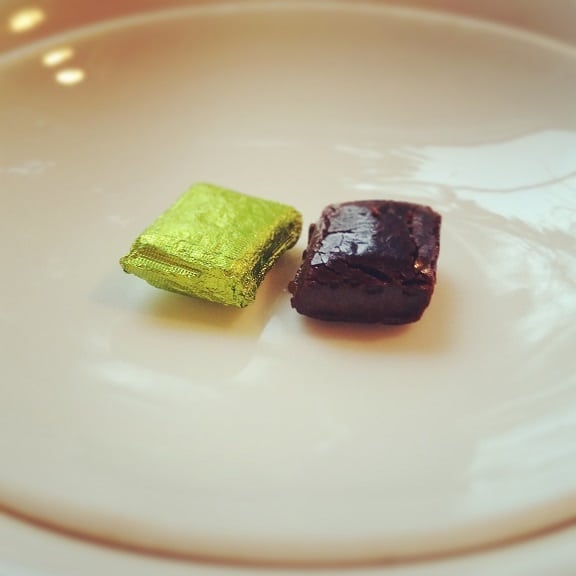
For brewing, I- . . . oh, just watch this.
Yep, boiling water poured over both pastes. Then I waited three minutes. That’s about it. Oddly enough, neither the paste pellet nor cube completely dissolved.
The shou Cha Gao brewed as dark as was expected – brown with a ring of black. The aroma it gave off was straight earth and molasses, like someone at fat camp dropped a chocolate bar during a hike. Okay, that was mean. I should be at a fat camp.
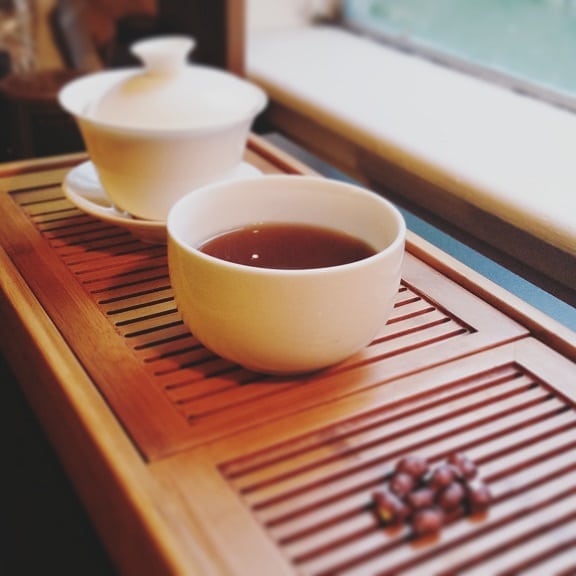
As for taste, I was pleasantly shocked with how smooth and inviting it was. It tasted like a shou puerh that was given five years to settle down. Earth and dark chocolate notes dominated the cup, with no residual fishy finish.
The sheng Cha Gao didn’t fair quite as well.
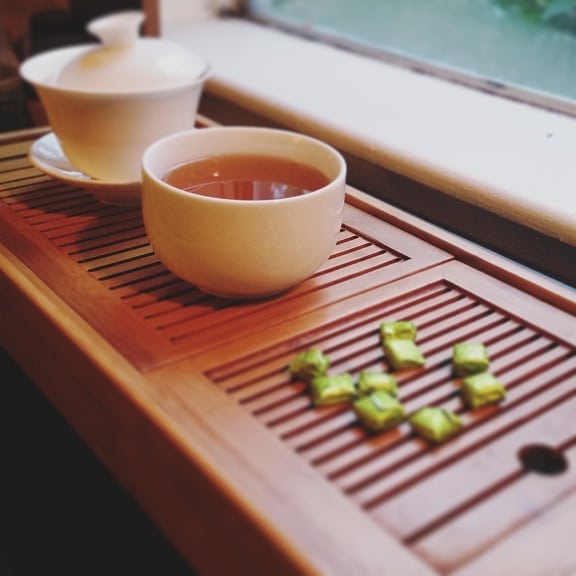
I should’ve known something was wrong when the liquor came out really dark amber. As far as young shengs went, that meant the poor puerh had been over-brewed. And that’s exactly how it smelled and tasted. The liquor gave off a fragrance of burnt grass.
The taste was astringent at the forefront, vegetal in the middle, and smoky towards the finish. The next time I brew one of these cubes, I’m doing it gongfu. Like a real sheng puerh. A second infusion with the vestiges of the cube faired a little better.
I even got a third infusion out of each pasty remnant.
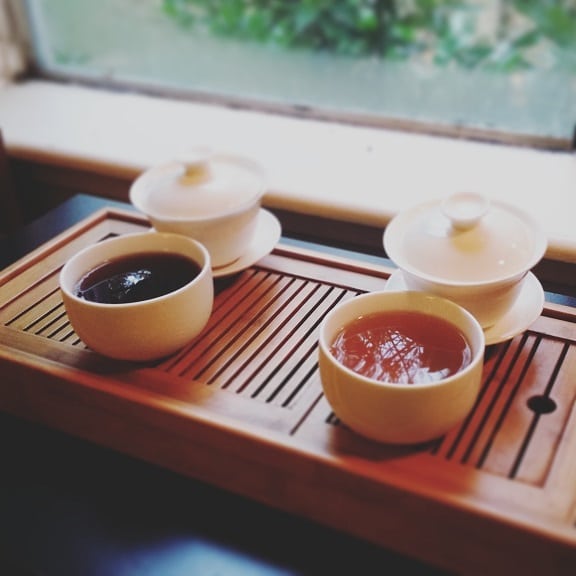
Quite unexpected; they were resilient little suckers. This is one of those rare cases where shou puerh wins over sheng. Cooked Puerh wins in paste form! That should be recorded for posterity somewhere.
On my tombstone, maybe.


Billy
encountered one of these shu pu a while back, along with some powdered (extract) shu and other odds and ends…remember it was actually much cleaner than brewing whole leaves. I do wonder about the other ingredients used to coagulate the mix though…gum arabica, agar agar, other weird gels…not sure I would want to consume this too often.
lazyliteratus
And knowing Best Chinese Tea Practices, ALL those are safe for the human body. Great for qi.
Xavier
This is really a place where I learn things.
I had never heard of these tea pastes before.
Thanks.
lazyliteratus
Dunno if thanking me is a good idea until you try it.